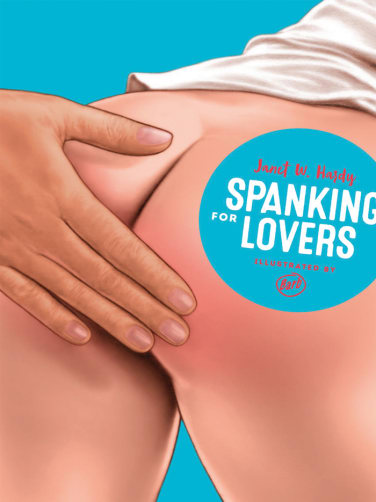The ABCs of BDSM
BDSM can be explored in many ways, so finding one good definition can often be tricky. One simple way to look at it is as a form of sensation play--you can create or receive various types of sensory exploration via types of touch, being bound, blindfolded, and more. But beyond all the whips and chains of kink is a basic (yet very broad) principle: playing with power exchange between partners.
Cynthia Slater, a notable historic queer kinkster and activist, referred to BDSM as the "Consensual Eroticized Exchange of Power," noting that each word in that sentence held value. If it’s not consensual, it’s not kink, and it’s not ok. The actions must be eroticized in some way as well. I often joke that many of the scenes in a Jackass movie might look like a BDSM scene if only they were also eroticizing the experience. My favorite part, though, is the emphasis on “exchange of power”: if both/all parties do not have a common ground of basic equality in the arrangement, then power cannot properly be exchanged. This is why pretending your partner is your boss who says they’ll “give you that raise in exchange for sexual favors” works as a fantasy but would be problematic by someone who actually oversees your employment.
So, what is BDSM? It stands for these 6 things:
Bondage: You're bound to enjoy the sensational experience of being restrained, whether that's by cuffs, or via elaborate rope work
Discipline: "Yes, please! May I have another?" If you're looking to instill some rules of play and reward or punish them based on it, or vice versa, you might be interested in discipline.
Dominance: If you like leading the scene with a sense of power and authority, you might be cut out for dominance!
Submission: Or maybe you'd rather follow those rules and please a dominant partner, you may be interested in exploring submission.
Sadism: The sadist dishes out consensual pain--or as many prefer to call it, "intense sensation."
Masochism: Some people love it when it "hurts so good" --if that's you, you might be a masochist!
Some other words to familiarize yourself with are top--the person leading the action--and bottom--the person receiving the action. Similarly, there is Dom/Domme for the person in power, and sub, for the person relinquishing their power.
Above all, BDSM is a practice of consent, communication, boundaries, and negotiation. That’s right! When those big bad Doms make their sub get on their knees and lick their boots, it’s been pre-negotiated. That Dom has an understanding of that submissive’s limits and desires from previous conversations and carefully facilitates a scene using them. And that submissive has the awareness of those limits and desires, shared them with their Dom, and is now getting their needs met. Everybody wins!
We could all learn a thing or two about this from the BDSM community. And one trick we wish everyone would borrow right now: the safeword! That's when you express clearly that you need the action to slow or stop. Even if you are doing that pirate fantasy where the Dom yells "ARRRR!" and the sub begs not to be made to walk the plank (yelling "NOOOO" can be pretty cathartic, TBH), when the sub says "red light!" or "cauliflower!", the plank-walking stops! Safety is and should always be the number one priority when practicing BDSM. It’s when we feel safe that we can truly play adventurously.
Sound like a lot of information already? It can be! But that’s why we recommend digesting it all in small bite-sized nuggets vs a full dissertation. Be sure to check out our post on Impact Play, and sensation play toys!


















